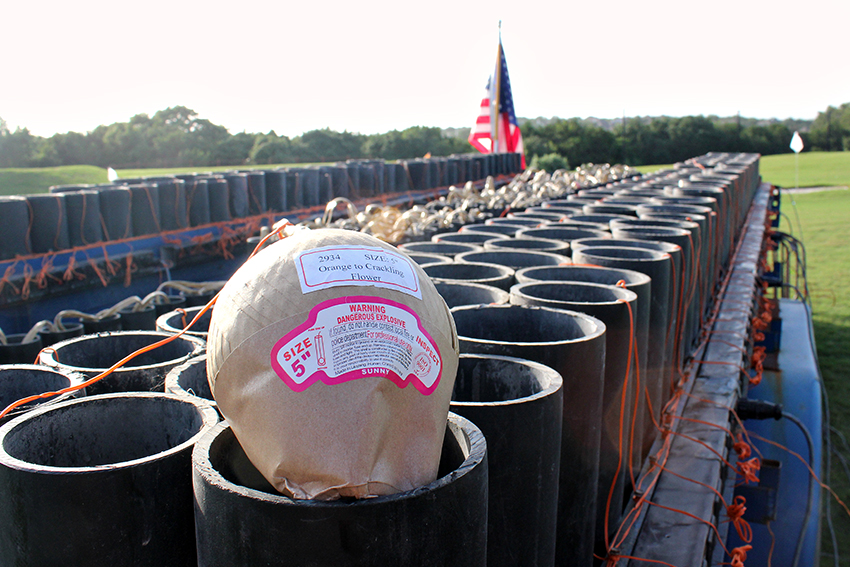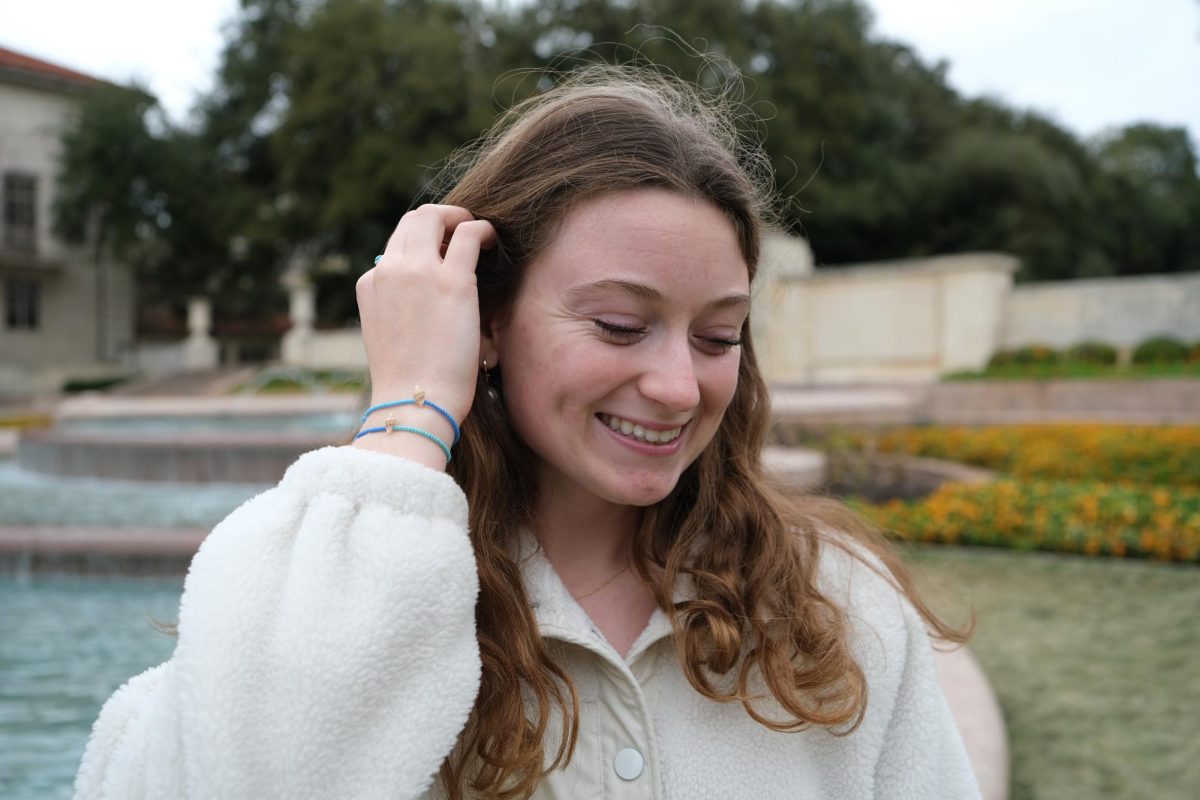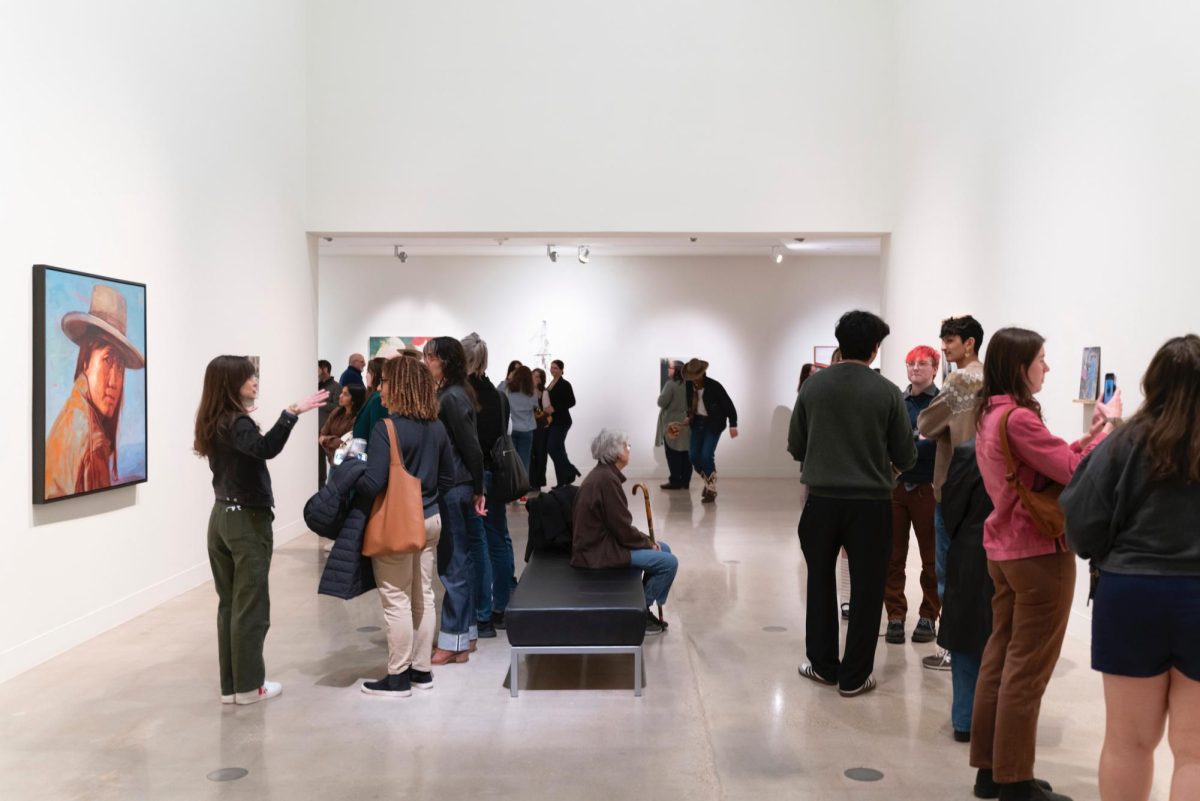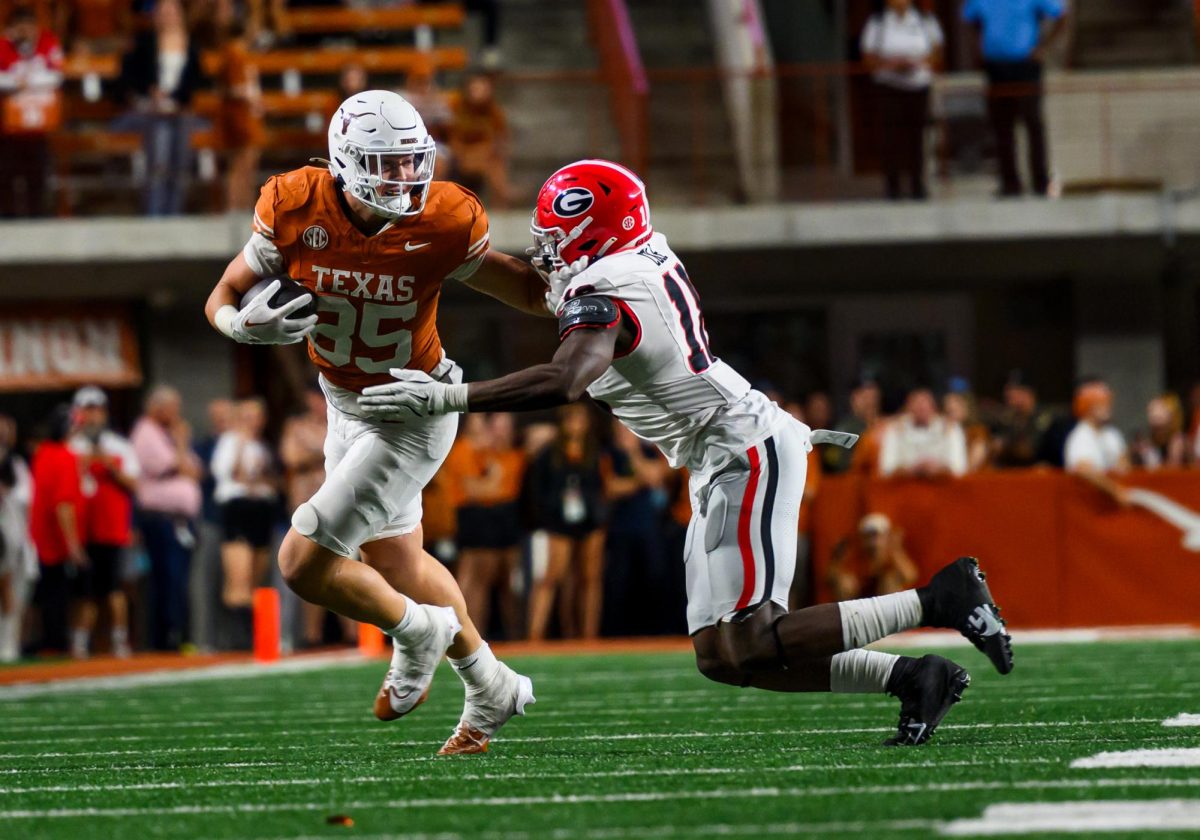Steven Sarnoski had been preparing for this all day. He crossed himself, his pre-show ritual, and launched the first firework of the night.
“No matter how many times I’ve shot a show, every time I’m about to start shooting I do a little cross and I always have butterflies,” Sarnoski said. “It never fails. No matter how many shows I’ve shot, I still get nervous.”
The H-E-B Austin Symphony July 4th Concert & Fireworks will be held at the Vic Mathias Shores on Tuesday. Sarnoski, a pyrotechnic operator from San Antonio who works for Sky Wonder Pyrotechnics, will shoot this classic show for the first time since receiving his license in 2006.
Sarnoski, who works full time as at a security company, does firework shows on the weekends starting in April through Independence Day.
While extra income is beneficial, fireworks have always been a part of his life. His family owned and operated a firework stand in Bastrop, Texas, and he remembers watching firework shows his dad put on.
“My dad used to do display shows at the end of the (firework) season,” Sarnoski said. “The (warehouse) owner told him, ‘Hey, you should get into the big shows.’”
His father became pyrotechnic operator when Sarnoski was a child, but as he grew up, his father stopped doing shows. When Sarnoski turned 21, the age required to become a licensed pyrotechnic operator, his dad resumed the firework shows and Sarnoski fell in love all over again.
As Sarnoski began to adopt pyrotechnics as more than an explosive fascination, he said he quickly learned the components that come with professional caliber shows — mainly, the size of the shells launched to produce the colorful fireworks.
“(They are) a lot different compared to the little stuff you buy in the firework stand,” Sarnoski said. “Our smallest shell is the size of a soda can, and they can get all the way up to a basketball size.”
According to Assistant State Fire Marshal Ernest McCloud, the difference between professional grade fireworks and commercial fireworks is the difference in the size of the explosion. Common commercial grade fireworks are 1.4G — the letter “G” signifying which explosives can travel together — and can be purchased by the general population, while the shells Sarnoski uses are 1.3G.
“The (difference is) the amount of pyrotechnic powder and material they are allowed to have,” McCloud said. “How big the boom is.”
Because of this difference, pyrotechnic operators have to be licensed to produce shows by taking an exam by passing an exam with a grade of 70 or higher. Sarnoski said the test was nerve-wracking because of all the information.
“You have to know the regulations, the size of the shell when it breaks open, how far you have to be from the trailer if smoking,” Sarnoski said. “I was very nervous. I was just trying to remember everything that I had read and trained to pass.”
Despite the inherent dangers of working with enormous explosives, the whole process is safe if preventative precautions are followed. According to John Polk, a pyrotechnic operator of 30 years, basic safety rules such as prohibiting smoking near the launch area helps maintain the atmosphere of security.
“There really has not been a really scary moment,” Polk said. “We do our due diligence beforehand.”
By the end of a successful show, no matter how long, Sarnoski said he always feels an inexplicable rush of excitement.
“It’s hard to explain,” Sarnoski said. “You get to blow stuff up and you don’t get in trouble. It’s just awesome.”















